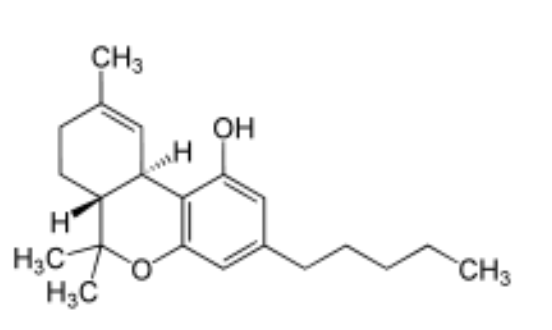
Cannabis drug profile
Synthetic cannabinoids and 'Spice' drug profile
Cannabinoids are a class of diverse chemical compounds that activate cannabinoid receptors. These include the endocannabinoids (produced naturally in the bodies of humans and other animals), the phytocannabinoids (found in cannabis and some other plants), and synthetic cannabinoids (produced chemically by humans). The most notable cannabinoid is the phytocannabinoid ∆9-tetrahydrocannabinol (THC), the primary psychoactive compound of cannabis.
Concerning use world wide, cannabis is probably the most popular entheogen in the world. This is most likely due to the mildness of its effects at lower doses and the observed pleasantness of these lower doses.
Contemporary use is generally religious/spiritual, recreational, or medicinal. Medically it has been shown that cannabis has positive effects on stimulating hunger in cancer and AIDS patients, reducing nausea, and reducing pain.
Signs:
Symptoms:
| Low Dose | Medium Dose | High Dose |
| slightly decreased reaction | red eyes, eyelids low (as with very tired people), slow re- actions, enjoying food more than usual, relaxed body- language and vocalizations | lethargy, incohesive sen- tences, lower blood pressure |
Symptoms:
| Low Dose | Medium Dose | High Dose |
| feeling relaxed, altered thinking process | dry mouth and eyes, de- creased short-term memory, creative thought process, things appear funnier than usual, strong desire to eat | visions, strongly altered thought process, altered perception of time |
Cannabinoids act upon the CB1 cannabinoid receptor, located mainly in the central nervous system, and the CB2 receptor, mainly expressed in cells of the immune system. They act as neuromodulators for a variety of physiological processes, including motor learning, synaptic plasticity, appetite, and pain sensation.

